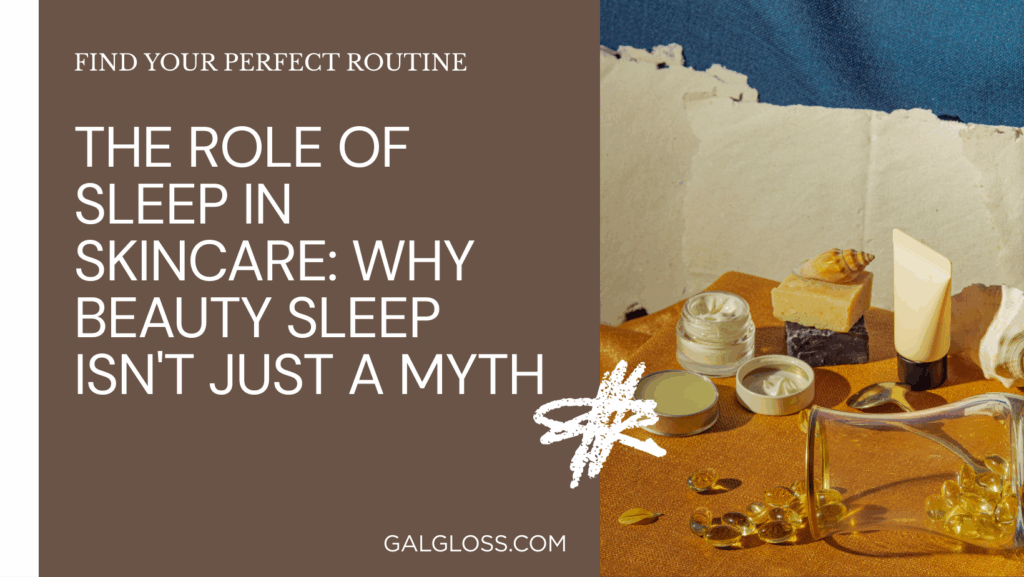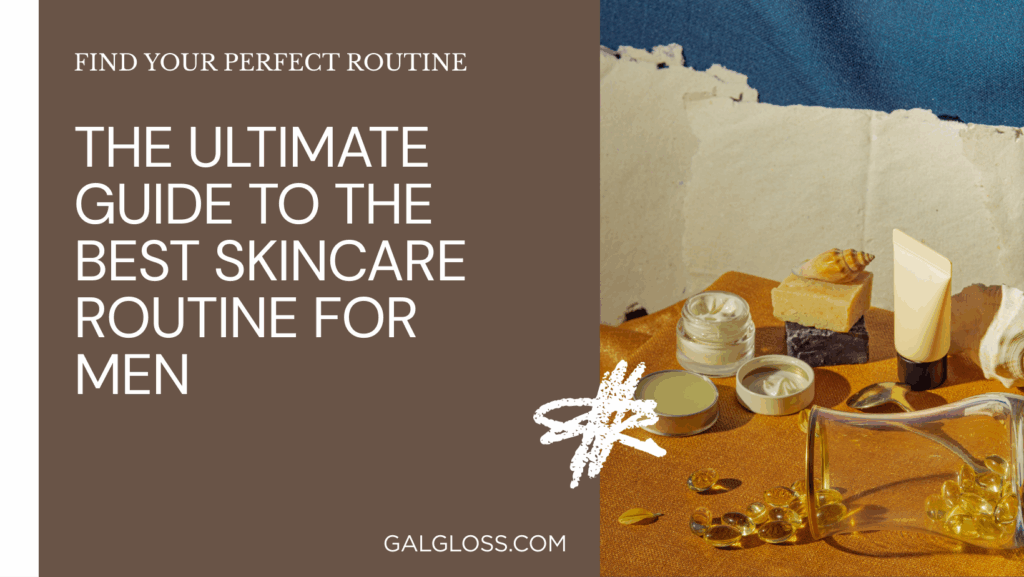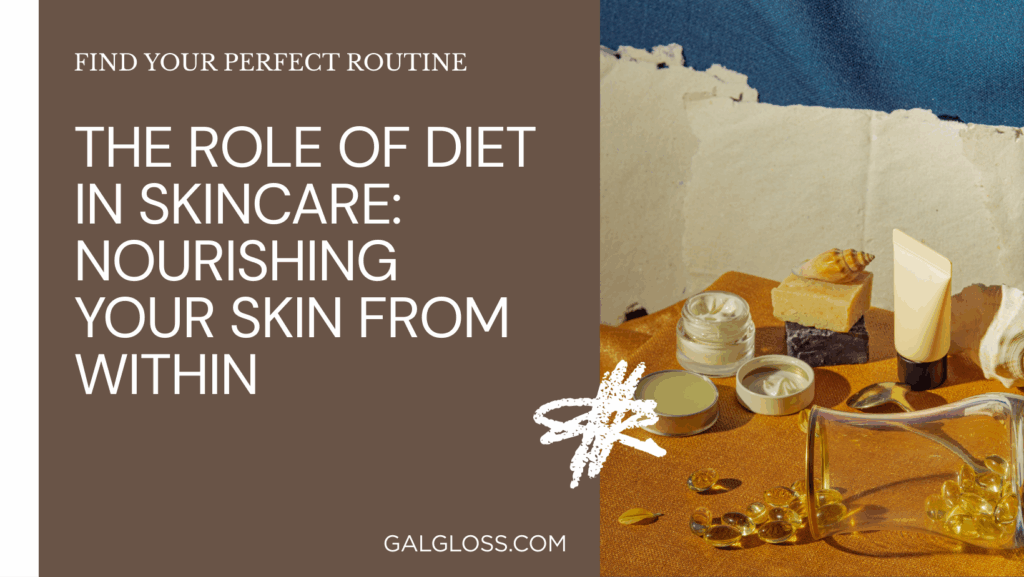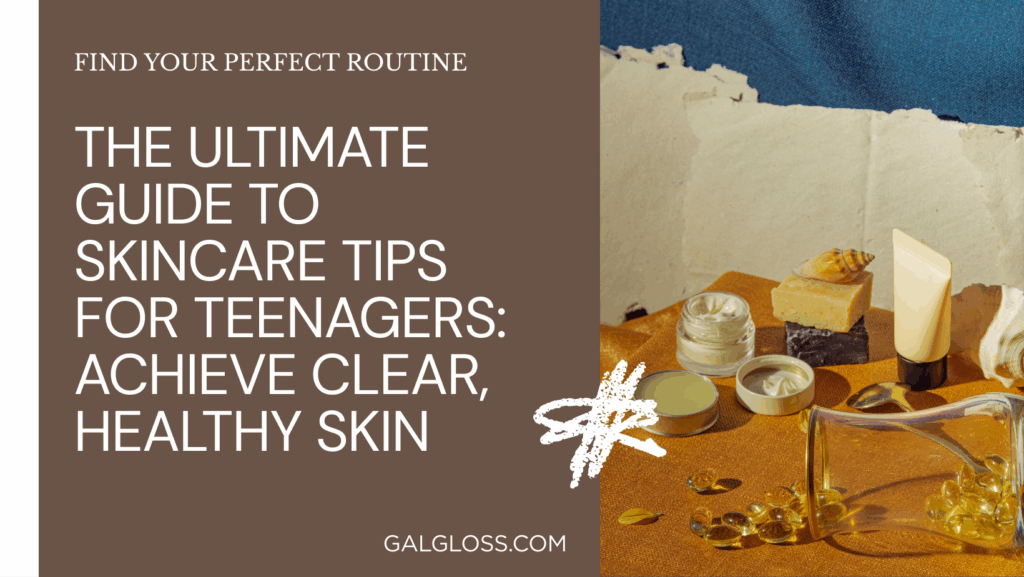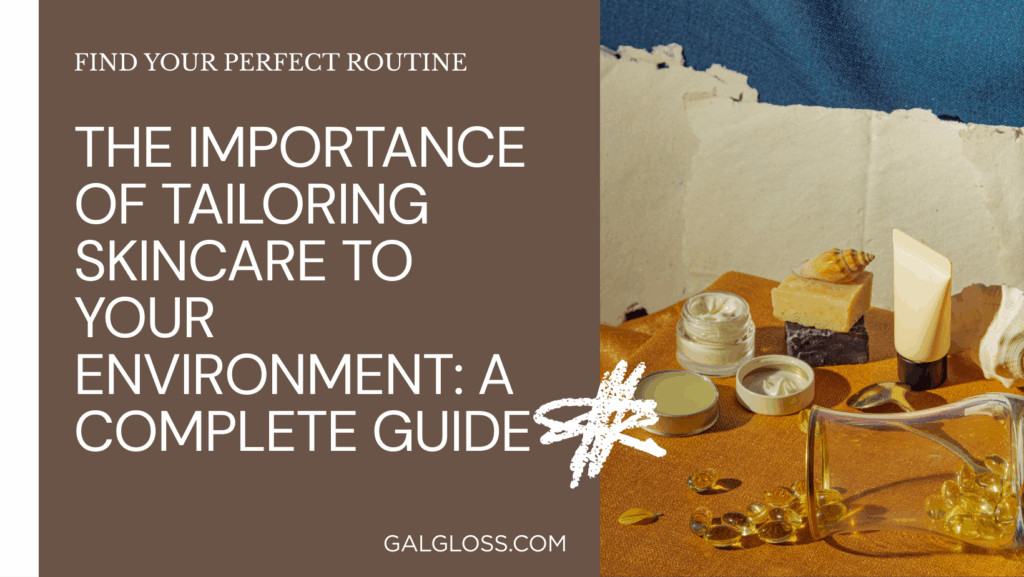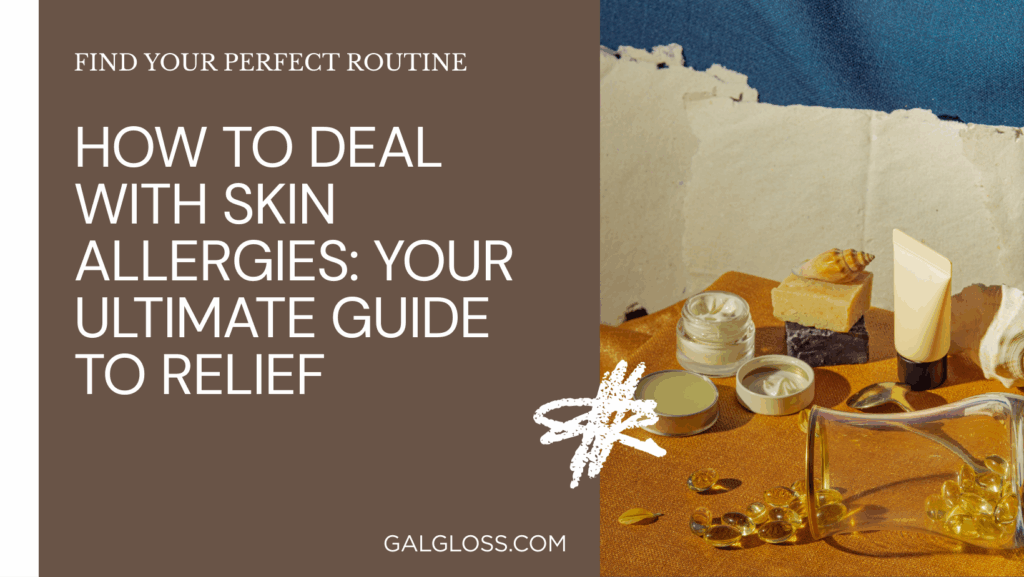Struggling with acne? You’re not alone in this battle. Acne-prone skin can feel like a constant uphill fight, but here’s some good news: the right face mask can be your secret weapon. Let’s dive into the world of masks and discover how to give your skin the TLC it deserves.
Understanding Acne-Prone Skin

Before we jump into masks, let’s talk about what’s causing all this trouble. Acne is like an uninvited guest that shows up when:
- Your pores get clogged with oil and dead skin cells
- Bacteria decide to throw a party on your face
- Hormones go on a rollercoaster ride
- Stress decides to leave its mark (literally)
Face masks can help by:
- Soaking up excess oil
- Clearing out those clogged pores
- Calming inflammation
- Delivering acne-fighting ingredients right where you need them
Types of Masks for Acne-Prone Skin
Not all heroes wear capes – some come in jars or sheets. Here’s a rundown of your options:
Clay Masks
Think of clay masks as oil-sucking vacuums for your face. They’re great for:
- Absorbing excess sebum
- Pulling out impurities
- Reducing shine
Popular clays include kaolin, bentonite, and French green clay.
Charcoal Masks
Charcoal masks are like magnets for dirt and oil. They:
- Draw out deep-seated gunk from your pores
- Help with blackheads
- Leave your skin feeling fresh and clean
Sheet Masks
These Korean skincare staples are all about hydration and delivering active ingredients. They’re perfect for:
- Soothing irritated skin
- Providing a boost of moisture
- Giving you that K-beauty glow
Gel Masks
Cooling and hydrating, gel masks are great for:
- Calming angry, inflamed skin
- Adding moisture without heaviness
- Soothing sunburned or sensitive skin
Exfoliating Masks
These multitaskers clear away dead skin cells while treating acne. Look for them when you want to:
- Smooth out rough texture
- Unclog pores
- Brighten dull skin
Top 10 Best Masks for Acne-Prone Skin
Now, let’s get to the good stuff. Here are our top picks for acne-fighting masks:
- Aztec Secret Indian Healing Clay: This cult favorite deep-cleans pores and balances oily skin.
- Innisfree Super Volcanic Pore Clay Mask: A K-beauty gem that exfoliates and purifies.
- Origins Clear Improvement Active Charcoal Mask: Charcoal and white clay team up to draw out environmental toxins.
- Paula’s Choice SKIN PERFECTING 2% BHA Liquid Exfoliant: Okay, it’s not technically a mask, but leave it on for 20 minutes for amazing results.
- The Ordinary Salicylic Acid 2% Masque: Targets acne with salicylic acid and charcoal powder.
- Neutrogena Clear Pore Cleanser/Mask: A dual-action product with benzoyl peroxide to fight acne-causing bacteria.
- COSRX Acne Pimple Master Patch: These hydrocolloid patches aren’t masks, but they’re miracle workers for individual pimples.
- Caudalie Instant Detox Mask: Pink clay and coffee extract work together to decongest skin.
- Yes To Tomatoes Detoxifying Charcoal Mud Mask: Charcoal and salicylic acid join forces in this budget-friendly option.
- Fresh Umbrian Clay Pore Purifying Face Mask: Mineral-rich Umbrian clay balances and clarifies skin.
Key Ingredients to Look For
When you’re scanning those ingredient lists, keep an eye out for these acne-fighting superstars:
- Salicylic Acid: This beta-hydroxy acid (BHA) dives deep into pores to clear them out.
- Benzoyl Peroxide: It’s like kryptonite for acne-causing bacteria.
- Tea Tree Oil: Nature’s antiseptic that helps kill bacteria and reduce inflammation.
- Niacinamide: A form of vitamin B3 that does it all – regulates oil, soothes inflammation, and fades dark spots.
- Sulfur: Stinky but effective at reducing excess oil and killing bacteria.
How to Use Face Masks Effectively
Using a face mask isn’t rocket science, but there are some tips to maximize their benefits:
- Frequency: Most masks can be used 1-3 times a week. Listen to your skin – if it feels irritated, dial it back.
- Application Tips:
- Always start with clean skin
- Use a brush for even application (and less mess)
- Don’t forget your neck!
- Post-Mask Skincare:
- Follow up with toner to restore pH balance
- Always moisturize, even if you have oily skin
- Consider using a lightweight, non-comedogenic sunscreen during the day
DIY Masks for Acne-Prone Skin
Feeling crafty? Try these simple DIY masks:
Honey and Cinnamon Mask
- Mix 2 tablespoons raw honey with 1 teaspoon cinnamon
- Apply to face for 10-15 minutes
- Rinse with warm water
Honey is antibacterial, while cinnamon has anti-inflammatory properties.
Oatmeal Mask
- Blend 1/3 cup cooked oatmeal with 2 tablespoons yogurt and 2 tablespoons honey
- Apply to face for 15 minutes
- Rinse off with cool water
Oatmeal soothes irritated skin, yogurt gently exfoliates, and honey fights bacteria.
Green Tea Mask
- Mix 1 tablespoon green tea leaves with enough honey to form a paste
- Leave on for 15 minutes
- Rinse off gently
Green tea is packed with antioxidants that fight inflammation and free radicals.
What to Avoid in Face Masks
Not all ingredients play nice with acne-prone skin. Steer clear of:
- Alcohol: It can dry out your skin, leading to more oil production.
- Fragrance: Artificial scents can irritate sensitive skin.
- Comedogenic ingredients: These can clog pores. Common culprits include coconut oil and cocoa butter.
Combining Masks with Other Acne Treatments
For the best results, use masks as part of a comprehensive skincare routine:
- Cleanse: Use a gentle, pH-balanced cleanser.
- Tone: Optional, but can help balance skin and prep for treatments.
- Treat: This is where your mask comes in, 1-3 times a week.
- Moisturize: Yes, even oily skin needs hydration! Look for lightweight, non-comedogenic options.
- Protect: Always use sunscreen during the day to prevent dark spots and further irritation.
On non-mask days, you might use spot treatments or serums targeted at acne. Just be careful not to overdo it – too many active ingredients can irritate your skin.
Frequently Asked Questions
Q: Can face masks worsen acne? A: If you use the wrong type for your skin or leave them on too long, yes. Start slow and patch test new products.
Q: How long should I leave a mask on? A: Follow the instructions on the package. Most masks work best when left on for 10-15 minutes.
Q: Are expensive masks better for acne-prone skin? A: Not necessarily. What matters most are the ingredients and how your skin responds. Some budget-friendly options work wonders!
Conclusion
Finding the best mask for your acne-prone skin might take some trial and error, but it’s worth the effort. Remember:
- Understand your skin type and what triggers your acne
- Look for masks with proven acne-fighting ingredients
- Be consistent with your skincare routine
- Don’t expect overnight miracles – give it time!
Treating acne is a journey, not a destination. Be patient with your skin, and don’t be afraid to mix things up if something isn’t working. Your perfect mask match is out there, waiting to help you achieve the clear, glowing skin you deserve.
Now, go forth and unmask your best skin yet! And remember, you’re not alone in this fight against acne. We’re all in this together, facing our skin challenges one mask at a time. Here’s to clearer days ahead!.
